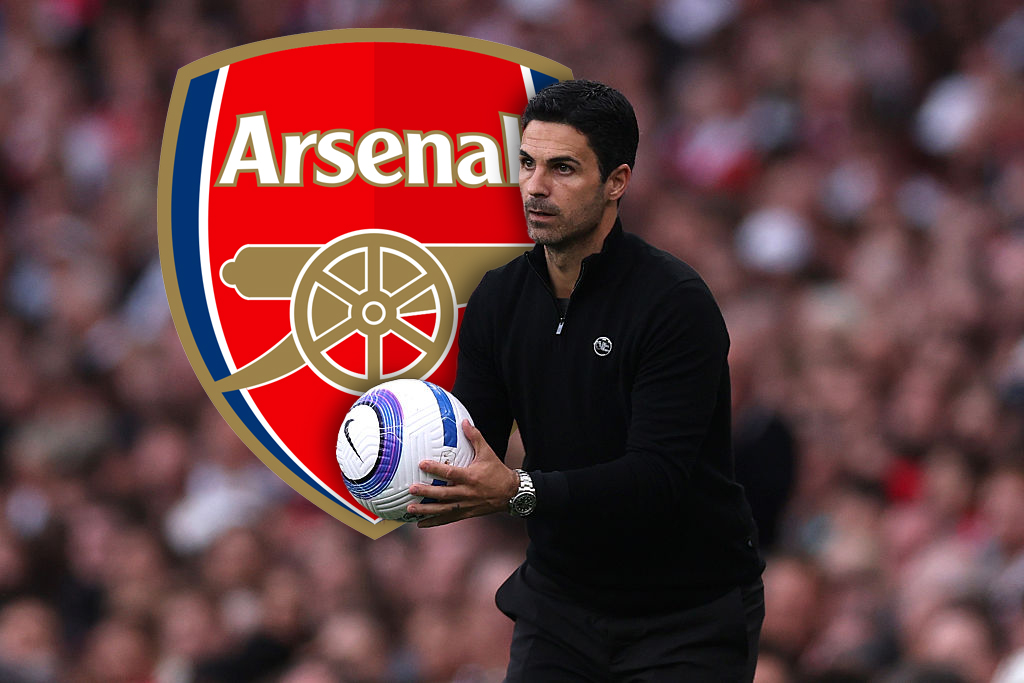Dutch development model highlights where England are going wrong
With the European Champions now less than three weeks away, Tom Bennett explores the differences between youth development in England and the Netherlands...
As Euro 2012 moves ever closer, it's no secret that the Netherlands are one of the driving forces in world football, and will be among the favourites to lift the trophy come July 1. Their dominance comes with the flamboyant elegance of their âÂÂtotal footballâ style and it shows no signs of stopping anytime soon.
Oranje have just won UEFA's European Under-17 Championship in Slovenia, triumphing over an equally impressive German side which hadn't conceded a single goal in the four games en route to the final against their old foes.
The final turned out to be a very close encounter. Germany took the lead just after half-time from captain Leon GoretzkaâÂÂs header, but in time added on Elton Acolatse hammered home an equaliser to send the tie into extra-time and penalties.
In a break with perceived national traits, Netherlands came out on top in the shootout, as Marc Stendera saw his penalty saved and they won 5-4. The tight nature of the game was typical of the tournament these two sides have had and the players that have been on display for both teams.
It was evident the two sides would be challenging the final from the moment they kicked off what is the 10th edition of the tournament since it changed from its previous Under 16 format.
These two sides - along with Spain - have dictated European youth football for the past few years, and that continuous supremacy shows no signs of cessation. Highlighted by the fact both the 2009 and 2011 European Under 17 Championship finals included the two sides, with the Netherlands victorious in 2011 and Germany triumphant in 2009, the continent will be shaking in fear of facing these potential outfits in a four or so years time, as if they aren't already. But what are they doing that is so different from the rest of us?
Get FourFourTwo Newsletter
The best features, fun and footballing quizzes, straight to your inbox every week.
Johan Cruyff, Marco van Basten, Dennis Bergkamp and Ruud Gullit have all graduated from the Dutch academy ranks and led their country to extraordinary glory in the past few decades and a new crop of world-beaters are just on the horizon.
Rai Vloet, Nathan Ake, Tonny Trindade de Vilhena and Thom Haye have all produced consistently outstanding performances throughout the tournament, helping Albert StuivenbergâÂÂs team reach the final with ease. All four have linked up luminously to provide intelligent movement, undisturbed possession and an abundance of goals for Oranje in the five matches that led them to the title â and that sums up where they come from, what theyâÂÂve been taught and what they will bring to the senior team in what looks a bright future.
Tonny Trindade de Vilhena is among the stars of Holland's next generation
It is common to see a 4-4-2 system used by clubs in England, but in Holland they actively encourage to adopt a 4-3-3 formation and make training sessions about enjoyment rather than pressure to move on to the next level. They believe in keeping possession to create opportunities, but also to always move in an attacking way â backwards movement does not exist here.
There is a lot of pressure at all levels in England to win, whereas in Holland the focus is more on the pleasure of playing the game, which ultimately brings with it a natural hunger for success.
This indirect way of winning is as apparent off the pitch as it is on it, the country focuses on providing top class facilities and invests vast sums of money into amateur clubs to make them the focal point of the community.
Following the introduction of the model by Louis van Gaal on behalf of the Dutch FA (KNVB) in 2002, it may be surprising to know that only 36 clubs in Holland are officially professional, but a further 2,700 amateur sides benefit from the KNVBâÂÂs ã1 billion investment every year. Despite this huge contrast in money and numbers from England, the relationship between professional and amateur sides is much closer, with regular games between the sides across all levels.
In England, grassroots football can only hope to benefit from a fraction of that investment. The Premier League contributes ã43.4 million to grassroots football (less than 5% of itâÂÂs TV rights deal) and even though the FA stated in 2000 that they would contribute ã20m per annum to grassroots football, in 2010 they only paid ã12 million.
Another factor in their success could be the uninterrupted commitment of the community towards developing youth football in the country, which is nothing short of admirable. The KNVB has 1.2m members - 7% of the Dutch population.
This lack of investment and enthusiasm for the grassroots game in England leads to poor facilities, which means the top coaches and players will lack the motivation to get the best out of themselves or their players when it comes to developing them into world-class talent. A typical amateur side in Holland has warm changing rooms, floodlit artificial pitches, spacious clubhouses and a dedicated medical centre run by approximately 100 community volunteers. A typical amateur club in England is lucky to have hot showers.
The facilities are impressive but it is the consistency of those that makes it evident why Holland are currently ranked fourth in the FIFA World Rankings. Every one of those 2,700 amateur sides has their own academy with equally impressive amenities. It seems the only way is up.
After securing and now maintaining this state-of-the-art platform for development, the Dutch are now focusing on tactics more than the technical side of the game that will keep them as a major force in world competitions for many years to come. England â be very, very scared.
